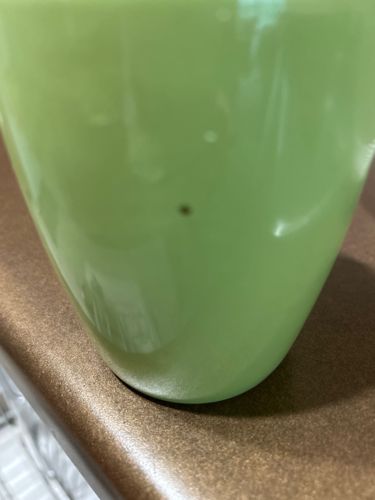Fungus Gnat
Scientific Name: Sciaridae (various genera)
Order & Family: Order: Diptera, Family: Sciaridae
Size: Adults typically 1-8 mm (0.04-0.3 inches) in length; larvae up to 10 mm (0.4 inches). The one in the image appears to be on the smaller side, likely 1-3mm.

Natural Habitat
Damp environments, often associated with potting soil of houseplants, greenhouses, and areas with decaying organic matter. Larvae live in the soil.
Diet & Feeding
Adult fungus gnats typically do not feed or feed on liquids. Larvae primarily feed on fungi, decaying plant matter, and root hairs of plants.
Behavior Patterns
Adults are weak fliers and are often seen near plants, crawling on surfaces, or flying in erratic patterns. They are attracted to light and moisture. Females lay eggs in moist soil. Larvae develop in the soil, and after pupating, emerge as adults. Their life cycle from egg to adult can be as short as 3-4 weeks depending on conditions.
Risks & Benefits
Risks: Primarily a nuisance pest in homes and greenhouses. Large infestations can cause damage to plant roots, especially in seedlings and young plants, leading to wilting, stunted growth, or plant death. They do not bite humans or transmit diseases. Benefits: In larger ecosystems, they play a role in decomposition by breaking down organic matter and fungi.
Identified on: 9/10/2025